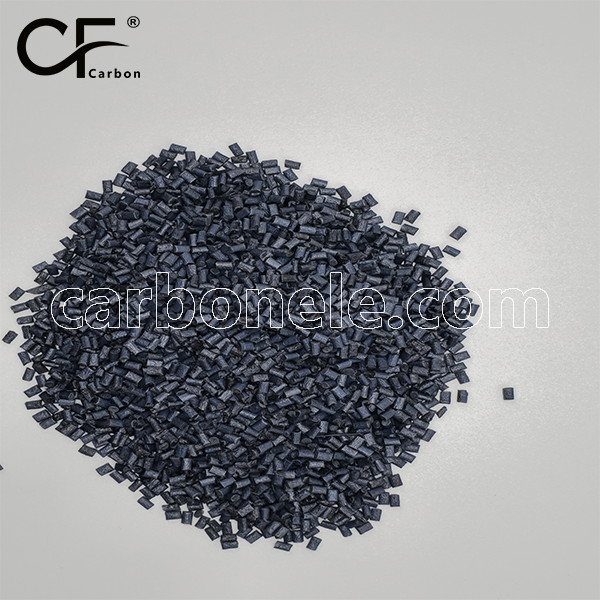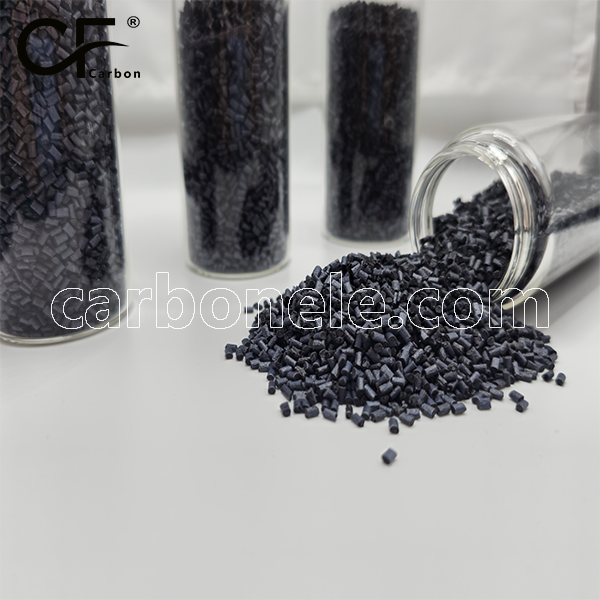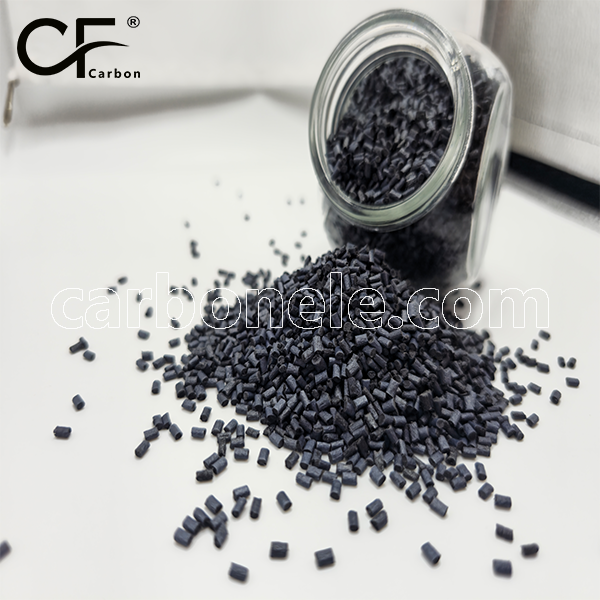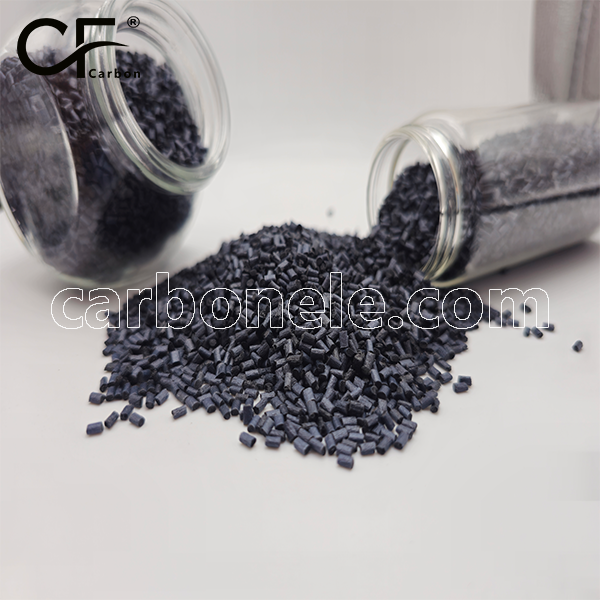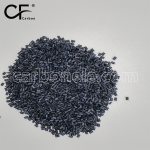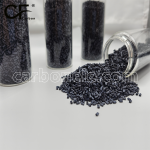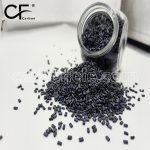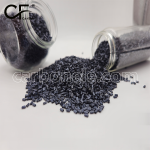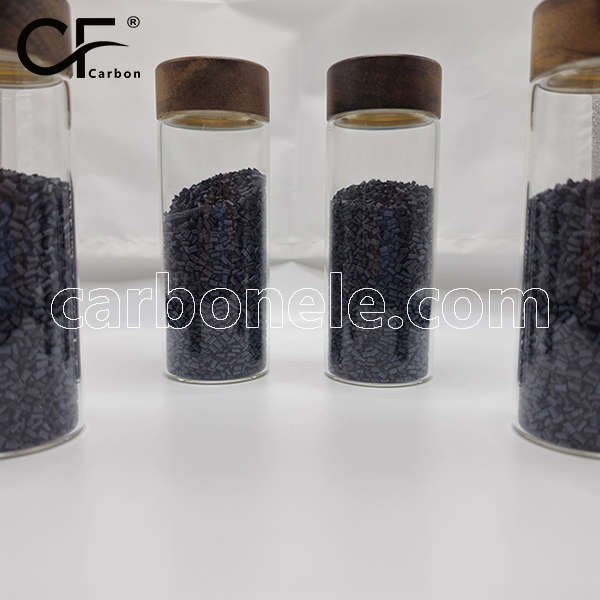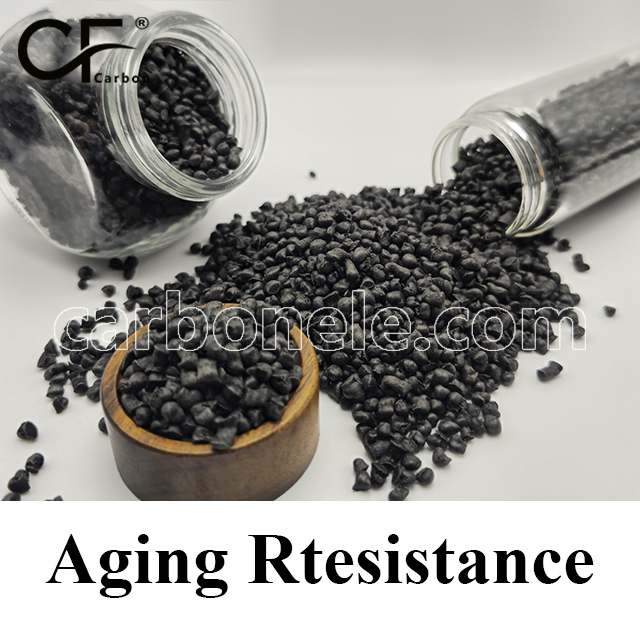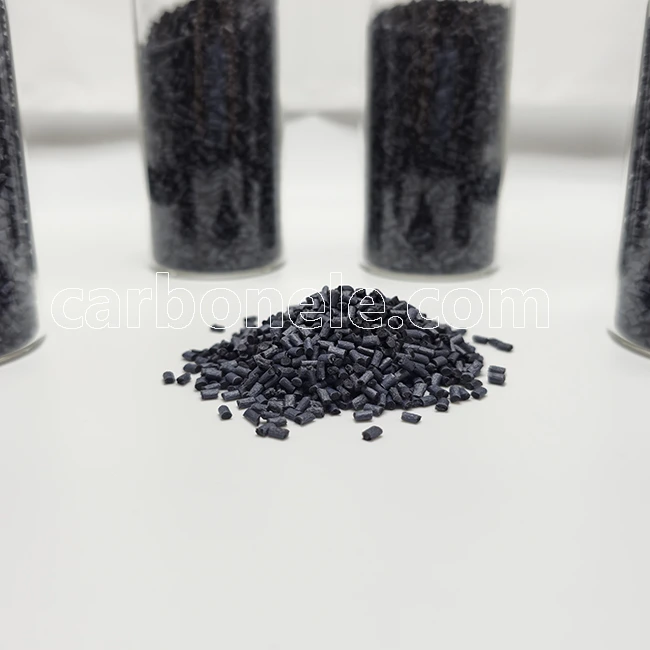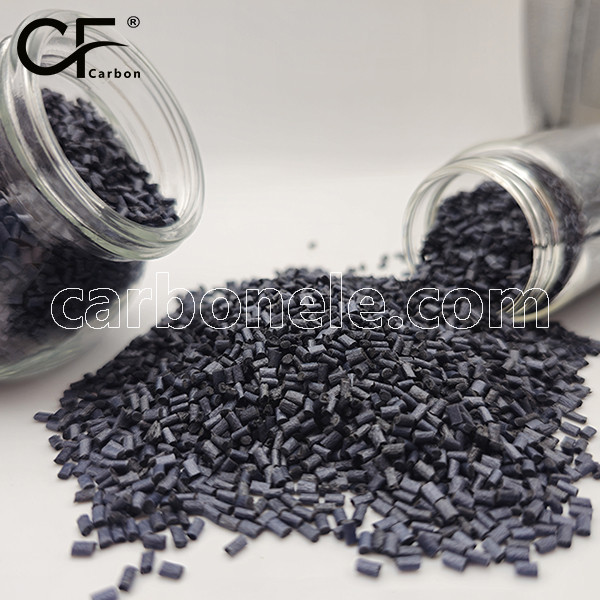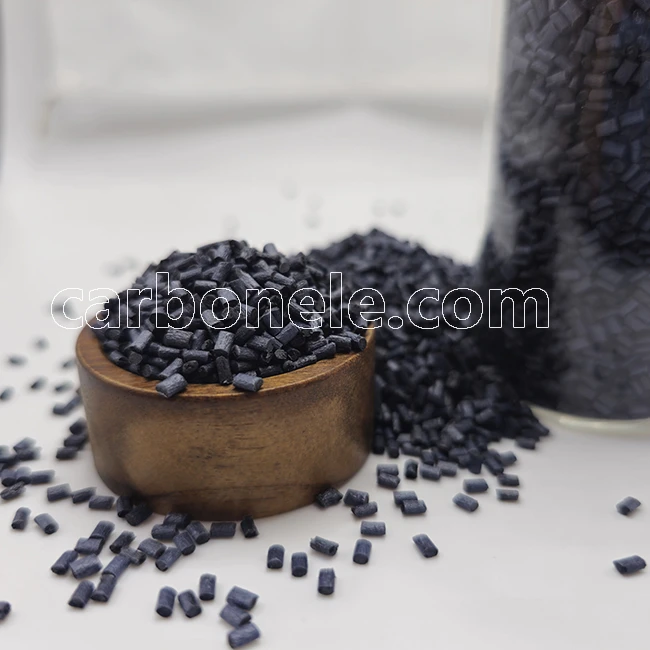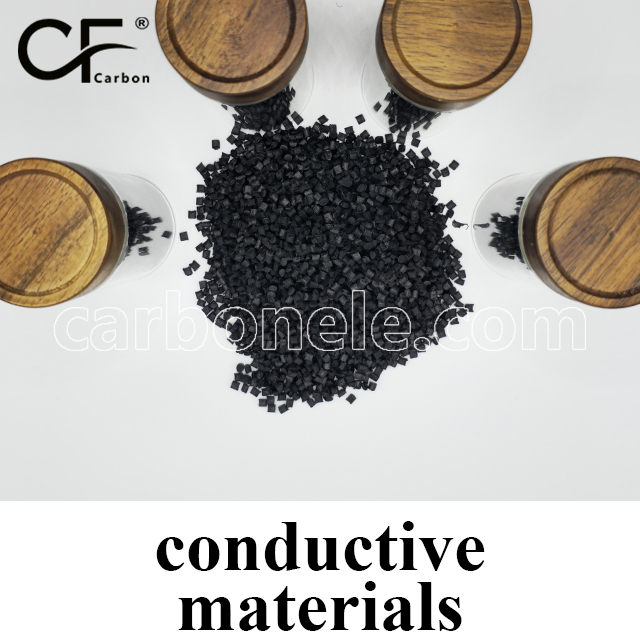
PPS-CF-10 with Flame Retardancy
Flame-Retardant PPS-Based Composite with Carbon Fiber
This engineered material combines polyphenylene sulfide’s (PPS) thermal stability with 10% carbon fiber reinforcement, delivering:
Safety: UL94 V-0 certification (LOI≥45%)
Strength: 210-230MPa tensile capacity
Heat Resistance: 265°C HDT performance
Lightweight: 1.35-1.45g/cm³ density
Superior to PA66 Composites:
1. 45°C higher temperature tolerance
2. Enhanced chemical resistance
3. 30% improved stiffness-to-weight ratio
- Model number : PPS-CF-BCA1
- Matrix Resin: Polyphenylene Sulfide (PPS)
- Reinforcing Filler: Carbon Fiber (10%)
- Appearance: Black Granules
- Packaging: 25kg/bag
Toughened/Wear-resistant/Flame-retardant PPS-CF-10Pellets Composite Overview
This advanced composite utilizes polyphenylene sulfide (PPS) with 10% carbon fiber reinforcement (PPS-CF-10), delivering three engineered characteristics:
Toughened Performance: Interface-modified PPS-CF-10 achieves ≥85 kJ/m² impact strength for high dynamic load applications
Wear Resistance: CF10 reinforcement yields <1.1×10⁻⁶ mm³/N·m wear rate, doubling component service life
Flame Retardancy: Maintains UL94 V-0 rating with oxygen index ≥46% at 1.5mm thickness
Aerospace Applications of PPS-CF-10 Aerospace Application
Airbus A320neo engine cable brackets show:
1.32% weight reduction vs aluminum
2. 210°C continuous service temperature
3. 55% longer fatigue life in EN 6072 vibration tests
4.FAA-compliant 125s flame spread resistance
What is the material composition of PPS-CF-10?
PPS-CF10 is an advanced engineering thermoplastic composite that combines polyphenylene sulfide (PPS) polymer matrix with 10% carbon fiber reinforcement. This material system delivers exceptional performance characteristics: Material Composition Polymer Matrix: Semi-crystalline PPS resin (40-45% crystallinity) Reinforcement: PAN-based carbon fibers (10wt%, 6-8μm diameter) Additive Package: <3% proprietary coupling agents
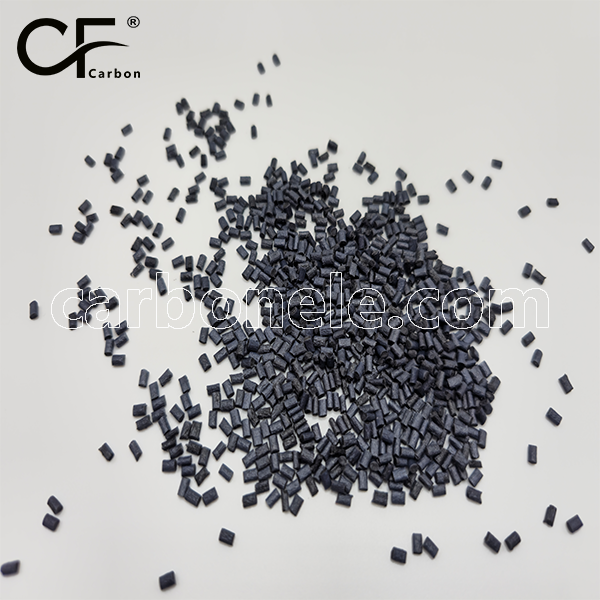
What key properties make PPS-CF-10 stand out from other engineering plastics?
PPS-CF10 offers exceptional properties including *Continuous heat resistance exceeding 220°C *Superior mechanical rigidity and dimensional stability *Excellent resistance to chemicals and corrosion *outstanding performance in harsh operating environments
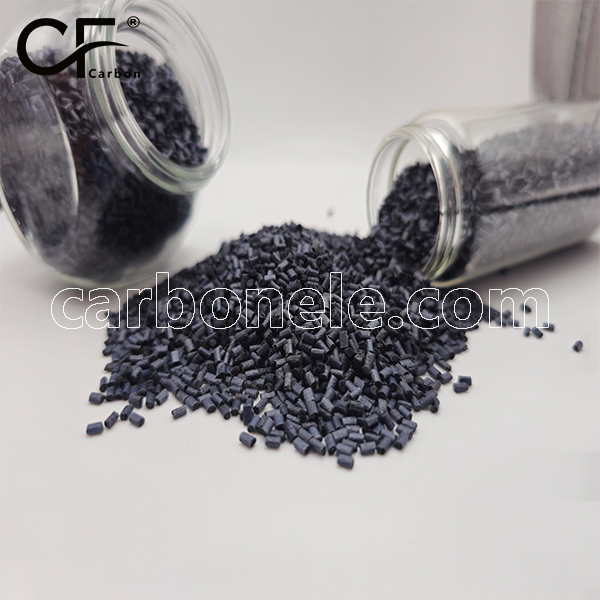


Frequently Asked Questions
Carbon (Xiamen) New Material Co., Ltd. aims to provide buyers with "one-stop" worry-free high-quality services. Here you can find all information about carbon fiber engineering plastics. If you still have questions, please send us an email for consultation!
-
How can I contact the manufacturer of a product that interests me?
When you find a product you are interested in, you can contact the manufacturer directly by sending an email and we will get back to you as soon as possible.
-
How do I find the products that interest me?
All you need to do is enter the keyword, product name in the search window and press the Enter key on your keyboard. Your search results page will then be displayed. You can also search within the product category pages on the home page. Each category is divided into subcategories, allowing you to refine your search and find products that interest you.
-
Where will I find a buying guide?
Please contact our after-sales service directly and we will provide you with a comprehensive operating guide.
-
What are CF Reinforced Thermoplastic Composites?
CF Reinforced Thermoplastic Composites are materials where carbon fibers are incorporated into a thermoplastic matrix. They combine the strength and stiffness of carbon fibers with the processability and recyclability of thermoplastics. For instance, they are used in automotive parts like bumper beams.
-
What are the benefits of CF Reinforced Thermoplastic Composites over traditional composites?
The key benefits include faster production cycles, easier recyclability, and better impact resistance. They also offer design flexibility. An example is in the manufacturing of consumer electronics casings where complex shapes can be achieved more easily.
-
How are CF Reinforced Thermoplastic Composites processed?
Common processing methods include injection molding, extrusion, and compression molding. Injection molding is widely used for mass production. For example, in the production of small components for the medical industry.
-
What industries use CF Reinforced Thermoplastic Composites?
They are utilized in aerospace, automotive, medical, and sports equipment industries. In aerospace, they can be found in interior components. In the medical field, they might be used in prosthetics.
-
How does the carbon fiber content affect the properties of the composites?
Higher carbon fiber content generally leads to increased strength and stiffness but may reduce ductility. A moderate content is often balanced for specific applications. For example, a higher content might be preferred in structural parts of a race car.
-
What are the challenges in using CF Reinforced Thermoplastic Composites?
Challenges include higher material costs, complex processing equipment requirements, and ensuring uniform fiber dispersion. Issues with adhesion between the fibers and the matrix can also arise. An example is in achieving consistent quality in large-scale production.







